Welcome to your Weekly UAS News update live from Lakeland, Florida. We are at Sun ‘n Fun this week. You can see the booth right behind me and we have three stories for you this week. Of course, the DJI Avata 2 came out. We’ve been talking about this for a while. We’ll get you more details. Also, we have an MOC (means of compliance) approval for Category 2 and Category 3, which, well, this is actually pretty cool, so we’ll talk about that as well. And then lastly, there’s a drone that can charge on power lines. We’ll give you all the details. Let’s get to it.
New DJI Avata 2 launched
The first story this week is the DJI Avata 2. As you can see, we have some videos. Take a look right here. We’ve done quite a bit of content. We’ve had it for a few weeks now and it’s pretty cool. Slightly different design, you’ll see on that new aircraft. We also have much better flight time and the noise level is actually quite different, much, much, much lower, much easier to be around when you actually fly.
Also, the new features on it are the goggles. We have new goggles that have a pass-through function where you can actually see through, kind of like you do on some VR goggles, so you can see your surroundings from time to time. We also have a new controller that allows you to do some cool tricks, so make sure you check out the video.
As far as the camera itself, we have a new sensor, a 1 over 1.3-inch sensor, which is 12 megapixels, a better quality image, and you can see we did a comparison footage as well just so people can get an idea of what this looks like. And yeah, that’s it, a cool little drone. Let’s move on to the next story.
MOC approval for OOP
The second story this week is a cool one. This is an MOC approval, means of compliance approval, for operations over people for a company based out of Canada, AVSS. What they do is they have, it’s a parachute company.
So what they’ve done is the FAA has granted them approval to do testing on drones in order to provide a DoC, which is the declaration of compliance. Now, if you’re not familiar with the process, which is a bit complicated, in order to get a drone approved for flying over people, a categorized drone, you need to first have an MOC, means of compliance, meaning that you need to have a way to test the drone to prove that it’s safe to fly over people. And then after that, the FAA is going to review that approval and then say, “Well, yeah, now you can fly over people using a DoC, a declaration of compliance.”
Now, declarations of compliance are far and few between for categorized drones. We only have one drone right now that’s approved for Category 3 on the entire list. There’s no Cat 2 and no Cat 3. As far as means of compliance, there was one means of compliance that was approved, but not a whole lot of them. And now, this is a new method that would be supposedly using a parachute in order to get a declaration of compliance.
Now, what this means is that more drones could get approved, including potentially, and I don’t have any additional information on this, potentially more DJI drones. So, this will be interesting. We’ll definitely keep you posted. We have an interview coming up with the person in charge of this company, and hopefully, we can get some more information.
Drone charging on power lines
The last story this week is kind of interesting. This is a drone that can charge on power lines. Now, at this stage, I think it was the University of Denmark. They’re able to get onto a power line and kind of clip the power line itself and then be able to recharge the drone. Still a proof of concept, obviously, there are a lot of issues with how long it actually takes to recharge the drone.
In the testing that they did, they flew a little bit, then they clipped it, and then they stayed up there for a long time recharging, and then they came down, flew a little bit, and then came back up. To me, an interesting concept, even though at this stage, obviously, it’d be quicker to come back on the ground, change the battery, but if you were to do a power line inspection, for example, then you wouldn’t have to bring the drone back.
You could just clip into the power line, recharge, which brings the question of who’s paying for that electricity. I don’t know how happy the utility companies would be that you’re just taking electricity straight from the source. So we’ll keep you updated if we see this technology moving into other aircraft, but at this stage, yeah, this is what it looks like.
All right, and this is it. That’s all we have for you this week. We will be back in the office on Tuesday of next week. So, thank you for watching, and if you are in the Lakeland area, make sure that you stop by the booth. You can see it right behind me right here. We have a lot of goodies and a lot of things available. And we’ll see you in the next one.
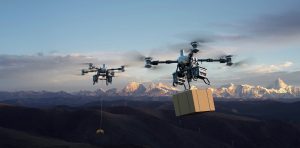







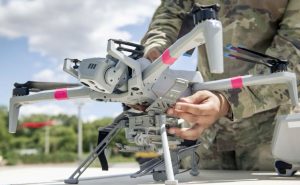
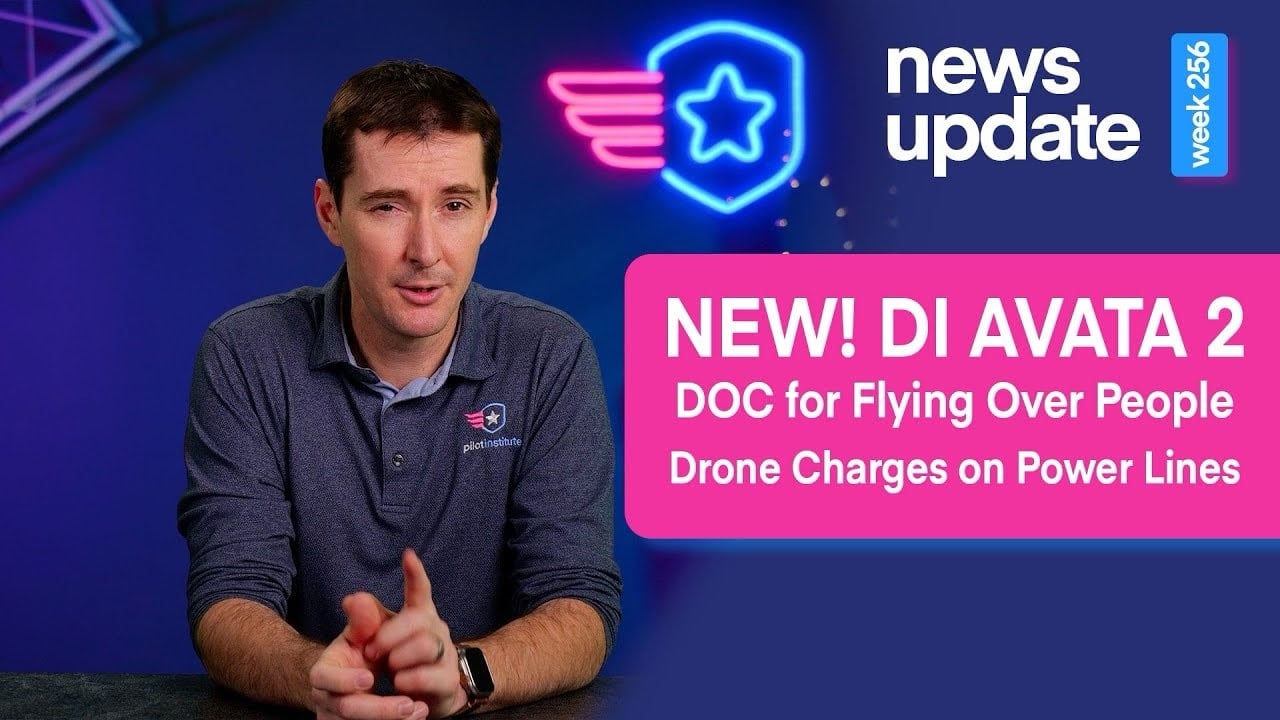
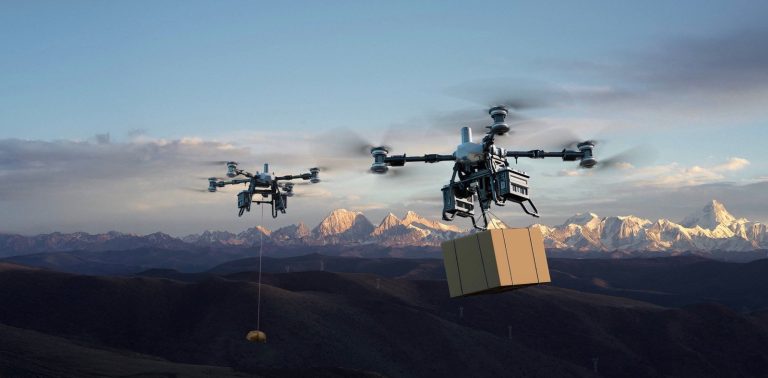


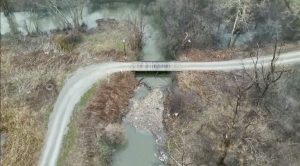



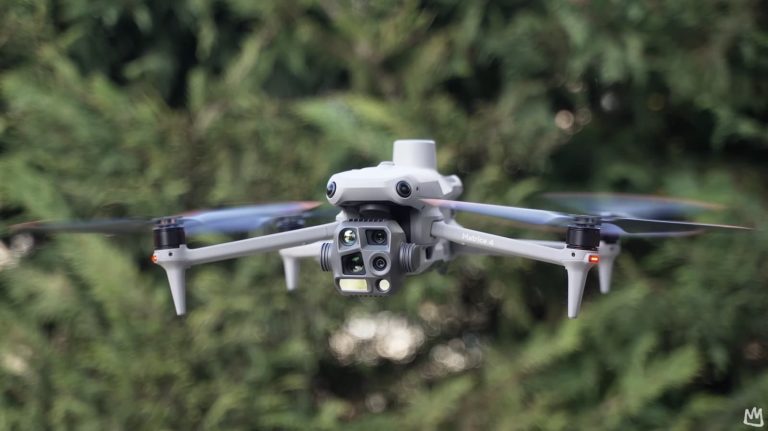


+ There are no comments
Add yours